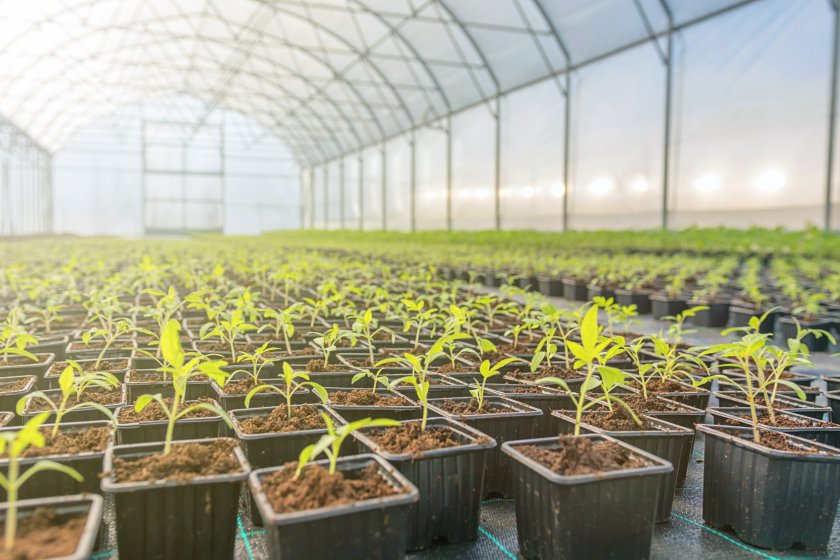
Climate proof crops are a step closer after researchers discovered a protein that seals plant roots to regulate the uptake of nutrients and water from the soil.
Researchers have identified new components of the lignin barrier in plant roots and the specific function of dirigent proteins (DPs), located in the root endodermis that control water and nutrient uptake.
The study, from the University of Nottingham, explains that this new knowledge could be used to engineer plants to be able to grow with less water and chemical fertilisers.
With record temperatures reached in parts of the world this year and erratic rainfall, researchers say it is increasingly important to understand the mechanisms of plants for food security.
Dr Gabriel Castrillo, of the university's School of Biosciences, said: "This research shows how plant roots regulate their uptake of water and nutrients through the deposition of lignin, which is regulated by DPs.
"Without these proteins, proper root sealing is not completed and the nutrient balance in the plant is compromised.
"We can use this knowledge to engineer plants to be able to grow with less water and chemical fertilisers."
The research explains that plant roots function by absorbing mineral nutrients and water from the soil and also controlling their proper balance in the plant.
This control is exerted by a specialised layer of root tissue called the endodermis.
The endodermis contains a barrier to the movement of solutes and water that is made of lignin, the same material present in wood, the study says.
This impermeable barrier blocks the uncontrolled movement of material into the root, by forming a tight seal between cells.
This seal ensures the only pathway for nutrients and water to be taken up by roots is through the cells of the endodermis.
Researchers say this allows full cellular control over what enters and leaves the plant via the roots.
The research identified new components of the lignin deposition machinery that focus on the function of dirigent proteins (DPs), located in the root endodermis.
These proteins act in coordination with other described root regulatory components to direct and organise the correct deposition of lignin in the endodermis allowing the plant to ensure it receives the optimum balance of nutrients from the soil.
The University of Nottingham's findings have been published in Science Direct.
